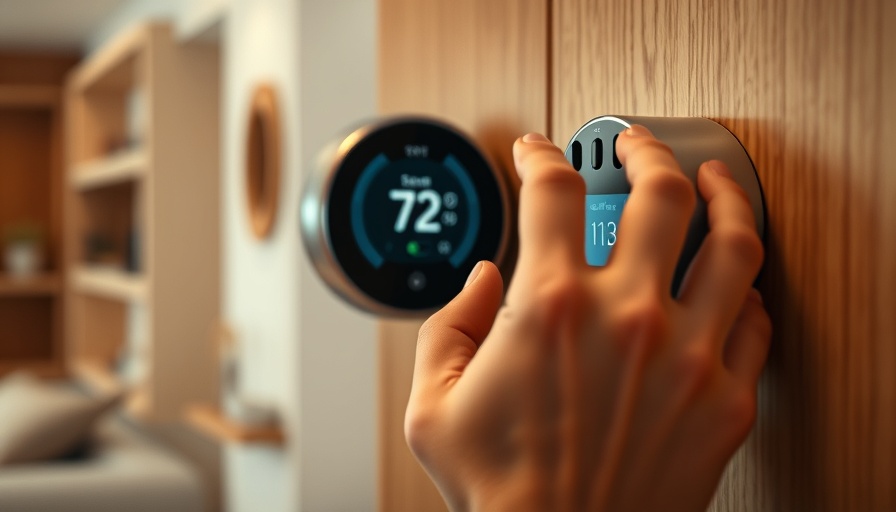
Understanding the Basics: Standing Seam Roofing
When considering roofing materials, standing seam roofing stands out for its aesthetics and durability. Unlike traditional metal roofs, standing seam roofs are designed with interlocking panels that hide the fasteners, creating a sleek appearance. This roofing style is popular among homeowners who appreciate both style and function, making it a great choice for new builds or remodels in Southeast Michigan.
What Makes Metal Roofing Unique?
On the other hand, traditional metal roofing can encompass a wide variety of designs and materials, typically made with 26-gauge or 29-gauge steel panels. From gambrel to gable styles, these roofs can be tailored to fit the aesthetic and structural needs of your home. Often coated with high-performance paint finishes such as Kynar 500®, metal roofs promise longevity and minimal upkeep.
Comparing Durability: Which Lasts Longer?
Both roofing styles are known for their durability—standing seam roofs can last over 50 years when properly maintained, while traditional metal roofs usually last around 20-30 years. However, the seamless design and superior materials of standing seam systems often edge out traditional options in terms of lifespan and resilience against the elements, making them a worthwhile investment.
Cost Comparison: Is Worth the Premium?
When making a decision, homeowners often wonder about costs. While standing seam roofs do tend to be more expensive upfront, their longevity and minimal maintenance can lead to lower overall costs for homeowners in the long run. Financing options or warranties from reputable contractors can further ease the burden, making it easier for Michigan homeowners to make informed decisions.
Real-World Applications: Choosing the Right Style for Your Home
In Southeast Michigan, homeowners should consider local weather conditions when selecting roofing. Standing seam roofs are often favored for their ability to handle heavy snow and ice, while traditional metal roofs, known for more versatile styles, can still offer excellent protection. Understanding how each system holds up against rain, wind, and snow can help you choose the best option for your property.
Conclusion: Final Thoughts on Your Roofing Decision
Choosing between standing seam roofing and traditional metal roofing requires careful consideration of your budget, style preferences, and local environmental factors. With the right information, Michigan homeowners can select a roofing option that not only enhances their home’s value but also provides lasting protection.
Take Action: Subscribe now for more insights into home improvement. Learn the best practices, tips, and tricks from professionals, helping you make the best decisions for your home!
 Add Row
Add Row  Add
Add 




Write A Comment